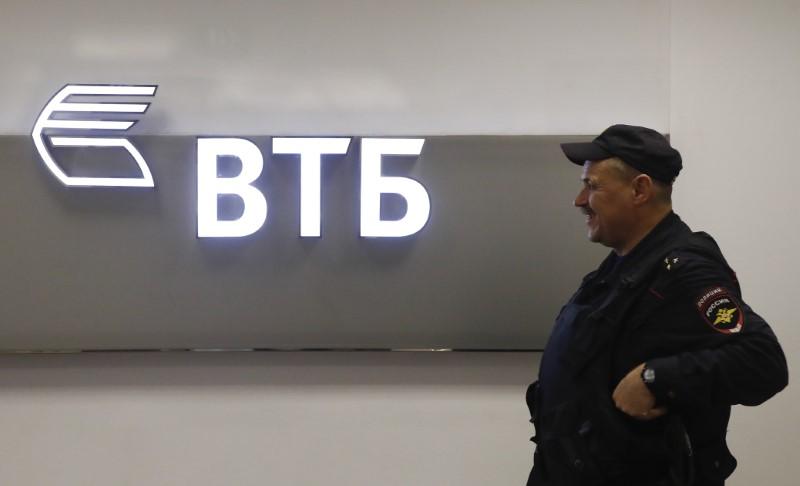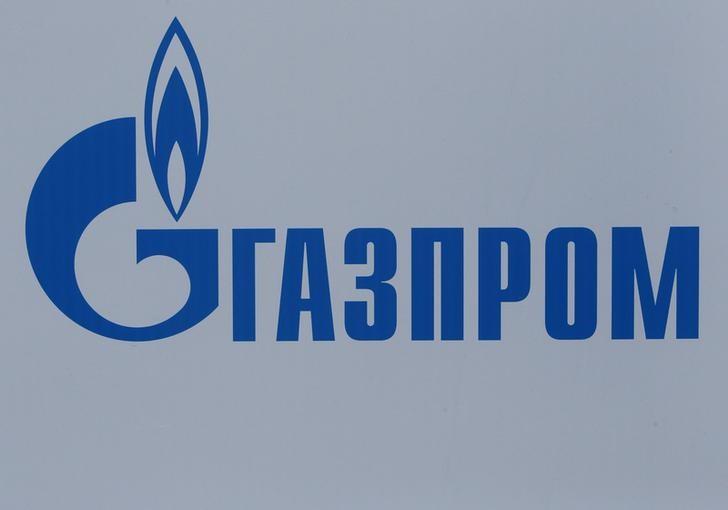On the territory of the Russian Federation, the Tax Code is in force, fixing the concept and signs of taxpayers, determining the procedure for establishing and deducting taxes, as well as containing other provisions related to the implementation of the state tax policy.

Payer Classification
In accordance with Art. 19 of the Tax Code, individuals and legal entities act as taxpayers, who are responsible for the deduction of mandatory payments to the budget. Legal entities, in turn, are divided into foreign and Russian, and individuals - those with IP status and not having it.
Enterprises working in specific areas are distinguished into a relatively isolated category of subjects. For example, we are talking about the gambling business, mining, etc. In these areas, certain types of taxes are established: on the gambling business, mineral extraction tax, etc.
Some experts single out taxpayers as a separate category of payers.
There is another category of subjects. It includes the largest taxpayers. The list of these individuals is quite impressive.
Further in the article, we will examine by what criteria taxpayers are classified as the largest, what are the features of the reporting of such persons.
Rights of subjects
They are reflected in Art. 21 Tax Code. According to the norm, taxpayers are entitled to:
- To receive information from the tax authority at the place of registration of the applicable fees and taxes, reporting forms, advice on their design. These services are provided to entities free of charge.
- To receive explanations from the Ministry of Finance of the Russian Federation, tax structures of municipalities and constituent entities of the Russian Federation regarding the application of tax legislation.
- Apply tax privileges enshrined in the law if there are appropriate grounds. This right is exercised in accordance with the procedure established by the Tax Code and federal regulatory acts.
- Get installments, deferrals, and tax credit.
- To participate in tax legal relations in person or through your representative.
- Be present when the supervisory authorities carry out an on-site inspection.
- Provide IFTS with explanations and explanations on the facts of calculating / paying taxes, acts of inspections.
- Require employees of regulatory agencies to comply with tax laws.
- Receive copies of inspection reports, decisions of tax authorities, tax notices, tax calculation requirements.
- Do not comply with the unlawful requirements of regulatory agencies.
- To challenge acts of tax authorities, decisions, actions / inaction of employees of the IFTS.
- Demand compensation for losses resulting from unlawful actions of controlling structures.
- Participate in the review of audit materials, as well as other acts issued by the IFTS.
These rights apply to all taxpayers, including the largest. At the same time, the activities of the latter are under the special scrutiny of controlling structures.

Largest Taxpayers: Definition Criteria
The signs by which the subject belongs to the category under consideration are established by the Federal Tax Service. These criteria are periodically adjusted depending on the current economic situation in the country. The current legislation enshrines a list of persons, a list of the largest taxpayers, providing for the delineation of their control in accordance with the subject of taxation at the appropriate levels (regional, federal).
To classify the payer as the largest, the following are taken into account:
- Indicators of financial and economic activity (FED). The value is determined on the basis of the accounting and tax reporting of the enterprise.
- Signs of interdependence with other participants in tax legal relations, indicators of the level of influence of the company on the activities of the interdependent structure and the results of its work.
- The business entity has a special permit (license) to conduct a certain type of activity.
- The results of continuous monitoring of the analyzed enterprise.
Status Assignment
An enterprise can be assigned to the largest taxpayers (KN) based on the results of its work, considered for any 3 years before the start of the reporting period. Information for the current year is not taken into account.
It should be noted that the status of the largest taxpayer assigned to the enterprise is retained by him for 2 years after his activity ceased to meet the established criteria. In addition, the status can be maintained for 3 years. This is possible in case of reorganization of the largest taxpayer. The corresponding status is retained by companies formed as a result of this procedure. The three-year period includes the year of the reorganization.
Loss of status
An enterprise ceases to be considered the largest taxpayer if it has been declared bankrupt in a court of law and bankruptcy proceedings have been launched against it. The corresponding provision is enshrined in the order of the Federal Tax Service dated June 27, 2012. This rule, however, does not apply to credit organizations administered at the level of the Federal Tax Inspectorate for major taxpayers. They retain their status until forced liquidation.

Indicators of financial and economic activity
For companies whose activities are monitored at the level of the Interregional Inspectorate of the Federal Tax Service for the largest taxpayers, the corresponding status is assigned when one of the following conditions is met:
- The amount of taxes exceeds 1 billion rubles, and for companies operating in the service, transport or communications sectors - 300 million rubles.
- The amount of income received is at least 20 billion p.
- Total assets not less than 20 billion p.
Additional criteria are established for individual enterprises. In particular, defense industry organizations controlled by the MI of the Federal Tax Service of Russia for the largest taxpayers receive an appropriate status if:
- State investments account for more than 50% of all assets.
- The average number of employees is more than 100 people.
- The total value of strategic export contracts exceeds 27 million rubles.
- The total amount of proceeds from the export of goods is 20% of the total revenue.
Enterprises administered at the inter-district tax level for the largest taxpayers receive an appropriate status if:
- The amount of income reflected in f. No. 2, is from 2 to 20 billion p.
- The total amount of contributions to the budget is 75 million rubles. - 1 billion p.
- The value of the assets of the company is 100 million p. - 20 billion p.
- The average number of employees is more than 50 people.
These taxpayers are considered the largest regardless of the type of activity carried out.
Nuances
Indicators of financial and economic activity for enterprises controlled at the regional level can be established by the Inspectorate of the Federal Tax Service for the largest taxpayers of the constituent entities of the Russian Federation with their agreement with the Federal Tax Service of the Russian Federation.
It must also be said that organizations that use special taxation regimes cannot obtain ST status.

Interdependence
A company can obtain the status of a taxpayer if its activities affect the work of a legal entity, which, in turn, is the largest taxpayer.In such cases, they talk about the interdependence of enterprises.
The control of calculation and payment of taxes by the largest taxpayers is carried out at the level at which the administration of the activities of these business entities is carried out. There are two such levels, as mentioned above: federal and regional.
Availability of permission (license)
Business entities that have received special documents from government bodies for certain types of activities are controlled by the Federal Tax Service for the largest taxpayers. In this case, the discrepancy (compliance) with other criteria for classifying an enterprise as a taxpayer (income, taxes, interdependence or staff size) is not taken into account.
Among the types of activities, the presence of a license for which provides an entity with the status of indigenous peoples, should include:
- Banking service.
- Pension benefits (in this case, NPFs).
- Pension and other types of insurance, reinsurance.
- Services of brokerage companies.
- Professional participation in the stock market.
Features of relations with the Federal Tax Service
In accordance with the requirements of the Tax Code, in the presence of separate divisions of the largest taxpayer, registration is carried out in all IFTS at their location.
In the event of a change in organizational structure, the enterprise is required to notify regulatory authorities. The corresponding notice should be sent to all the IFTS in which registration was carried out. The largest taxpayer registered in the Russian Federation, creating separate divisions not in the form of representative offices or branches, or changing information about previously formed divisions, must send a notification to the supervisory authority within a month.

In case of liquidation by an organization of its structures that worked in the territory of the Russian Federation, information about this is sent to the inspection within three days. This rule applies to all types of divisions, including branches and representative offices.
Information on the largest taxpayers in the Moscow region and other regions is received in a single database of the Federal Tax Service of the Russian Federation.
List of the largest tax payers in Russia
Despite significant fluctuations in oil prices, changes in crude oil production, the main taxpayers in the Russian Federation remain Rosneft and Gazprom. According to the results of 2018, the latter will send about 2 trillion rubles to the budget. This amount includes taxes from all 56 subsidiaries. Rosneft's deductions will be approximately the same amount.
According to the Interregional Tax Inspectorate for the largest taxpayers, the main "donors" of the federal budget include such companies as Surgutneftegaz, Lukoil, TAIF-NK, Tatneft, Sibur, Novatek.
Significant funds to the budget come not only from enterprises in the oil and gas sector. The largest taxpayers are also considered retail chains Magnit, Megapolis, X5 Retail Group. The twenty leaders also include the metallurgical enterprises Norilsk Nickel, Severstal, UC Rusal, and others. One cannot but say about the telecommunications companies MTS, Megafon, and Vympelcom.
The total assets of each of these enterprises exceeds 500 billion p. Such data are provided by Forbes magazine for the current 2018. The head offices of half of these companies are located in Moscow. Some enterprises are registered abroad (for example, VimpelCom).
The leading positions in the average number of employees are held by Gazprom and Rosneft. The first company employs about half a million people, the second - more than 250 thousand people. Among the trading enterprises, the leader is Magnit. In its staff for 2018 there are more than 300 thousand people.
The largest enterprises abroad
As a comparative analysis of companies in the USA and Russia shows, in both countries the leading positions in the list of large taxpayers are occupied by commodity giants. In America, the list includes ConocoPhillips, Chevron, and ExxonMobil.

Further on the list are enterprises that produce intelligent products. Among them are Intel, Apple, IBM, Microsoft. A large amount of funds comes to the US budget from banks, insurance companies, manufacturers of medicines, cosmetics. Not without a network of fast food points. So, the world famous company McDonald’s pays to the US budget about $ 2 billion annually.
Specific tax burden
For regulatory authorities, the amount of tax deductions is more a statistical tool, and not a guideline in activity. According to analysts, this indicator has not become a key mechanism for ensuring the effective implementation of state fiscal policy. Meanwhile, some experts are sure that the authorities cannot fail to see significantly different tax burdens. That is why regulatory authorities use indicators when planning desk audits.
I must say that the enterprises themselves are very sensitive to the disclosure of the size of their tax burden. Most of them refuse official comments. Unofficially, representatives of some economic giants speak of too high a tax burden, but they do not risk speaking openly about this, since this can significantly damage relations with the Federal Tax Service.
If we talk about the leaders - the enterprises of the oil and gas sector, then the general opinion about the pressure on the enterprises was expressed, perhaps, by Igor Sechin, the head of Rosneft. In his interview in the Vesti 24 program, he spoke about the need to reduce taxes. Sechin pointed out that the state doubled the amount of deductions for the oil and gas sector, however, the price of raw materials decreased significantly.
However, there is no one to replace the enterprises of the oil and gas sector today: the "fashion for entrepreneurship" has long passed, the number of medium and small business entities is steadily decreasing, and the tax base is not increasing. At the same time, it is impossible to cut social spending today. So the tax burden is imposed on the largest payers, primarily on oil and gas companies.

Meanwhile, according to some experts, such a consumer attitude of the state towards the largest economic entities brings exclusively short-term benefits. Experts say that the authorities always have the opportunity to receive more tax amounts. What will be the consequences - negative or positive - depends on the level of economic development of the country as a whole and the financial condition of a particular enterprise.
